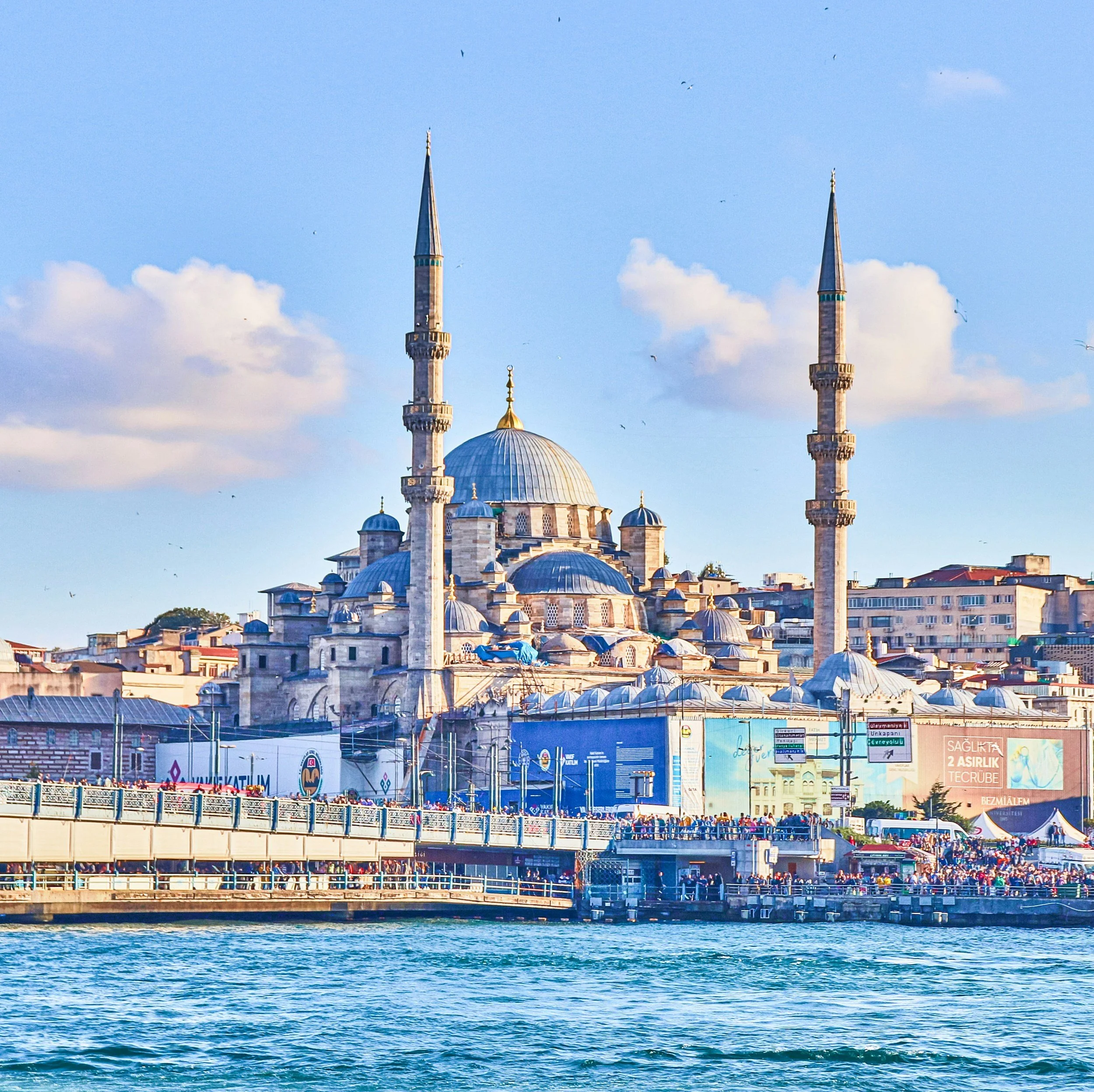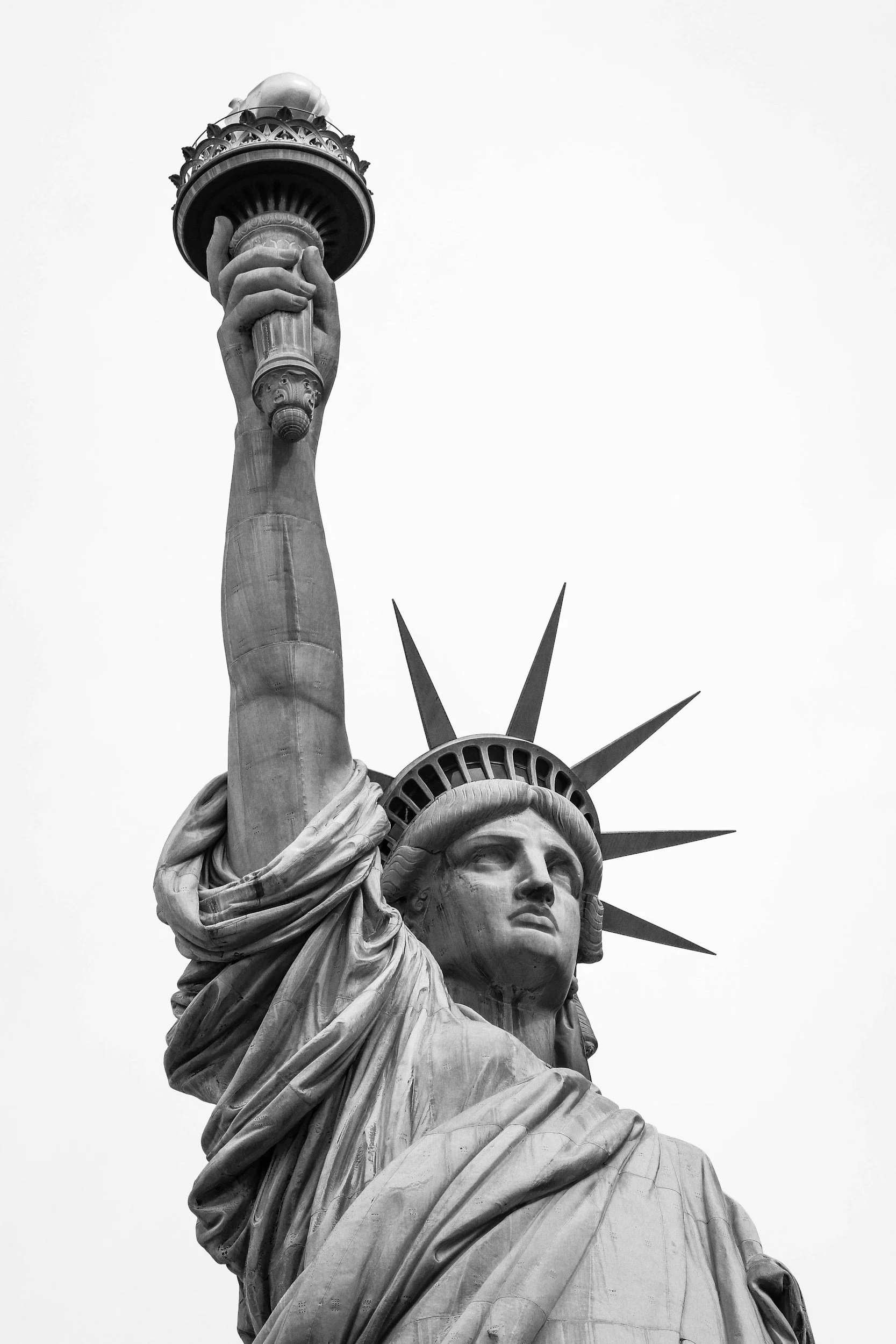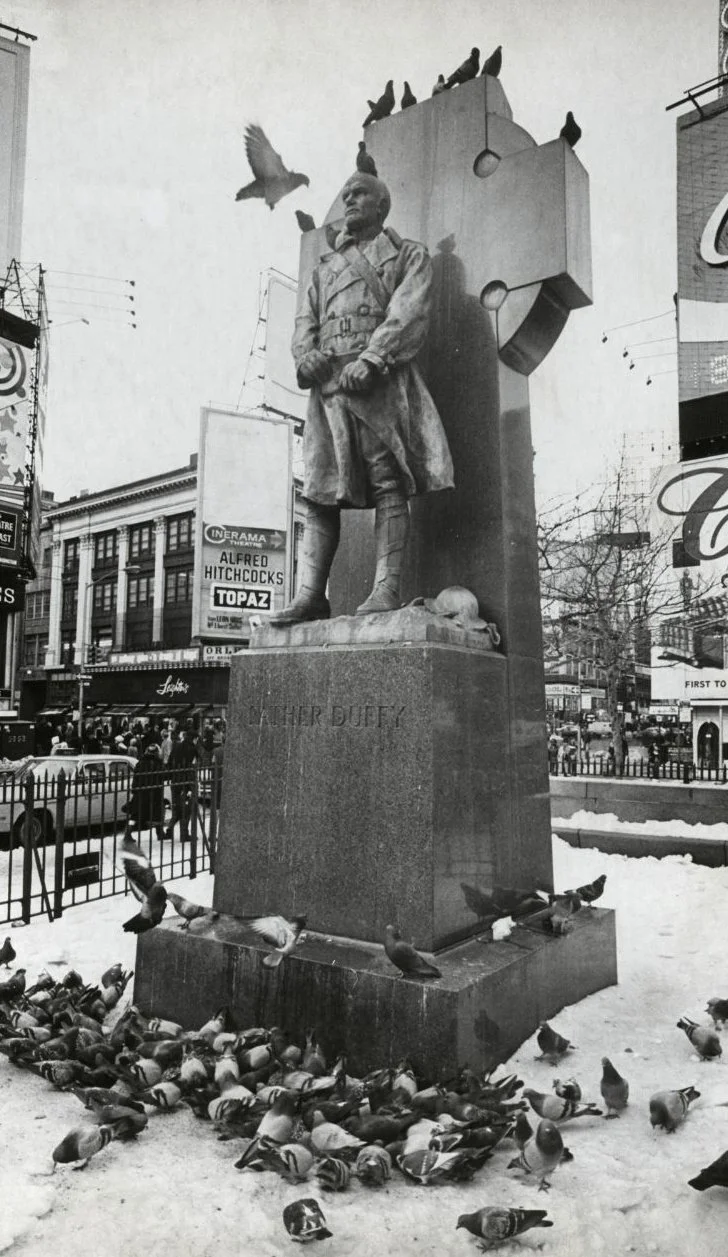Every Easter, apart from last year and this year obviously, the people of many Spanish cities take to the streets to celebrate the stunning beauty of Catholic culture.
Semana Santa as it is known, brings together various fraternal groups, the army and religious groups in processions that bring to life the wonder and mystery of Medieval Europe, sometimes disparagingly referred to as ‘The Dark Ages’, by people who are unfamiliar with its glory. Although the particular style is not strictly Medieval, the practise of ornate public commemorations of religious festivals is.
The Semana Santa involves elaborate dress, beautiful representations of Our Lord’s Crucifixion and candlelit floats depicting the events commemorated on Holy Week.
Sevilla
The Dress
One of the most striking things about these celebrations for people outside of Spain centers upon the hooded figures who take part. The hoods are known as Capirote. These hoods are not, as many living in the hyper Americanised Western World think, related to the Protestant Ku Klux Klan, but to the idea of penance. Flagellants, those who publicly whipped themselves as a means of penance, had become common to the point where the church needed to control them as it could often stray into masochistic territory. To avoid punishment for taking part without the permission of the church, some marching in the processions wore hoods in order to protect their identities. The hoods were also worn during various ceremonies in the Spanish Inquisition. Those who are members of confraternities of penance are the only ones allowed to wear them during these processions.
There are two parts to the capirote. One is the hood itself, the antifaz. The other is the cone, cucurucho.
Although initially somewhat chaotic, these penitent confraternities quickly developed with a monastic rigour under the supervision of the Franciscans.
Pasos
These are the floats that are carried during Holy Week, with the penitents carrying them aloft for all to see. Often, they depict Christ Himself but sometimes they depict other scenes and characters from Holy Week. In the photo below, you can see the depiction of the arrival of Christ into Jerusalem. The capataz tells the men when to lift the float and when to set it down.
Paso in Astorga during Holy Week
There are many things about these festivals which can be said, but the videos and images speak for themselves. If Europe is to return to Catholic faith, it will have to be through the proliferation of such public displays of faith, culture and creativity. They are precisely the kinds of bold proclamations of trust in God that are needed to capture the modern imagination.
Palencia
Zamora
Malaga
















Read how each politician voted.